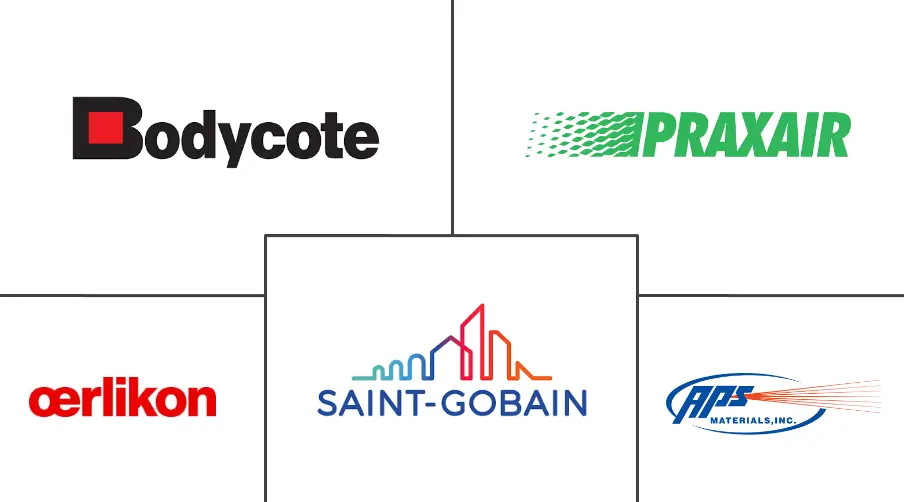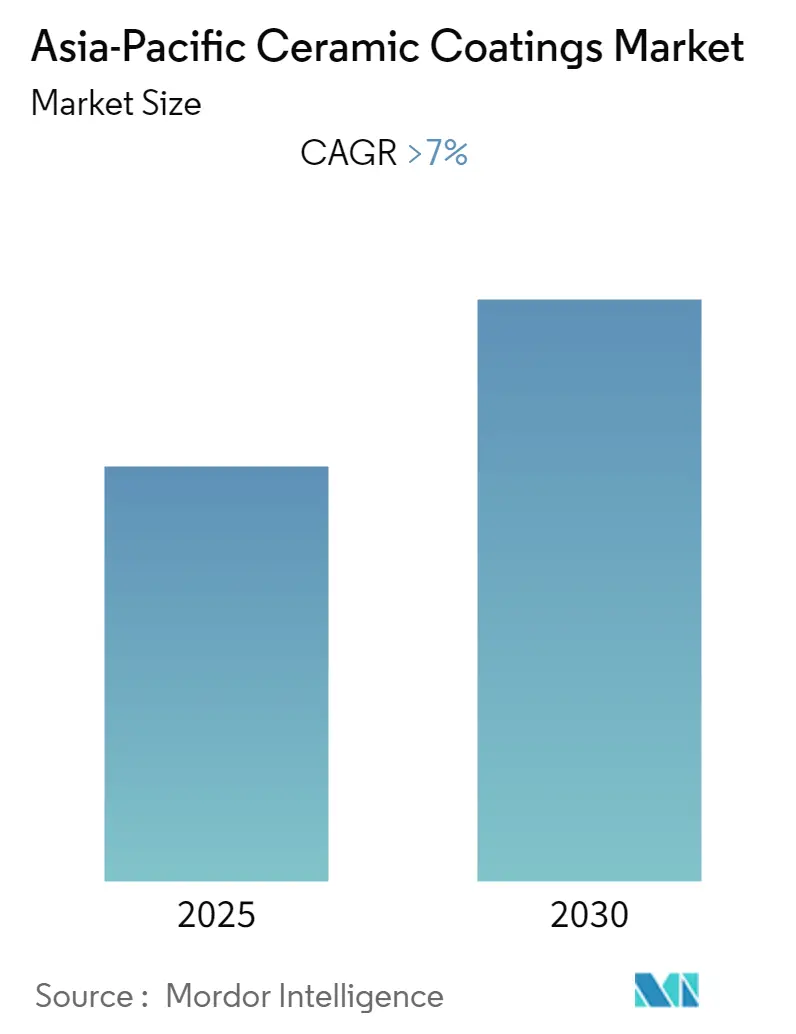
Asia-Pacific Ceramic Coatings Market Analysis by Mordor Intelligence
The Asia-Pacific Ceramic Coatings Market is expected to register a CAGR of greater than 7% during the forecast period.
- Higher costs of ceramic coatings and capital-intensive production setup are likely to hinder the market's growth.
- Development of new applications and spray processes is expected to create opportunities to the market's growth in the future.
- China is expected to dominate the market and is also expected to witness the fastest CAGR during the forecast period.
Asia-Pacific Ceramic Coatings Market Trends and Insights
Aerospace and Defense Segment to Dominate the Market Demand
- Aerospace and defense is the end-user industry that has the largest application of thermal sprayed ceramic coatings. Ceramic coatings are being preferred, owing to their properties, such as corrosion protection and friction reduction.
- These are extensively used as protective coatings, in order to protect the aircraft components and repair the old ones. The various airplane components, like engines, rotors, and other mechanical parts, require hard and wear-resistant coatings that can withstand high temperatures, therefore, they use ceramic coatings.
- They are used for coating the aerospace turbine components, engine components, and actuation systems, in order to provide high thermal, wear, and corrosion resistance, and longevity.
- With the increasing security concerns and increasing commercial use of aircraft as a medium of conveyance, the demand for aircraft has been increasing across the world. With this, various aircraft production orders have been lined up for delivery in the coming years.
- For instance, according to Boeing, by 2038, the deliverables of commercial aircraft are expected to reach about 17,390 units in the Asia Pacific.
- Hence, with the production of aircraft to deliver the aircraft orders from the defense as well as the aviation industry, the demand for ceramic coatings is projected to increase in the region, during the forecast period.
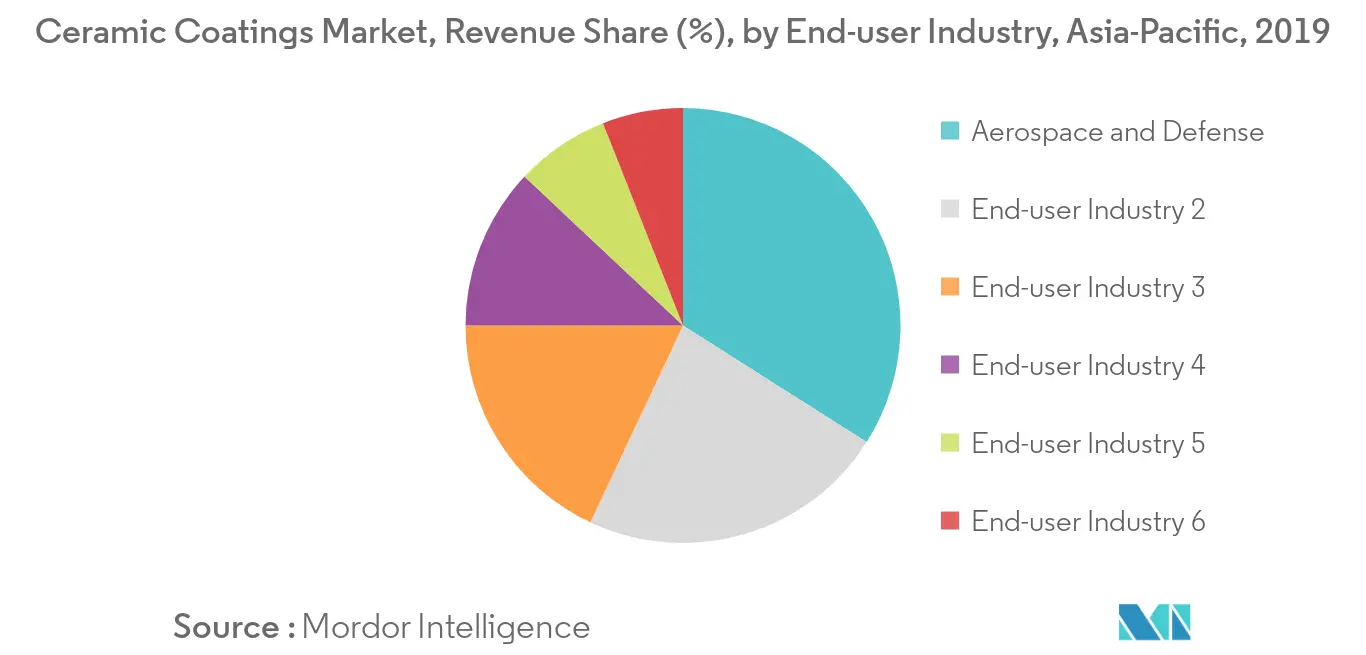
China to Dominate the Market
- In the Asia-Pacific region, China is the largest economy, in terms of GDP. China is one of the fastest emerging economies and has become one of the biggest production houses in the world, today. The country's manufacturing sector is one of the major contributors to the country's economy.
- The Chinese aircraft industry depicted significant growth over the years. According to Boeing, China is estimated to require around 7,600 new commercial aircraft, valued at USD 1.2 trillion, over the next two decades.
- Foreign investment in China has also been extended into the aviation sector, which is projected to register a CAGR of 6%, owing to China's geographical location, which provides easy access to the industrial goods markets in the neighboring countries, as well as, other countries globally, making it a major access point for manufacturers and suppliers.
- China is the largest manufacturer of automobiles in the world. The country's automotive sector has been shaping up for product evolution, with the country focusing on manufacturing products, in order to ensure fuel economy, and to minimize emissions (owing to the growing environmental concerns due to mounting pollution in the country).
- The production is expected to reach 30 million units by 2020, owing to the 'Made in China 2025' initiative support in upgrading the existing low-cost mass production to higher value-added advanced manufacturing. 'Automobile Mid and Long Term Development Plan', was released in 2017, with an objective to make China a strong auto power in the next ten years.
- Due to all such factors, the market for ceramic coatings in the country is expected to have a steady growth during the forecast period.
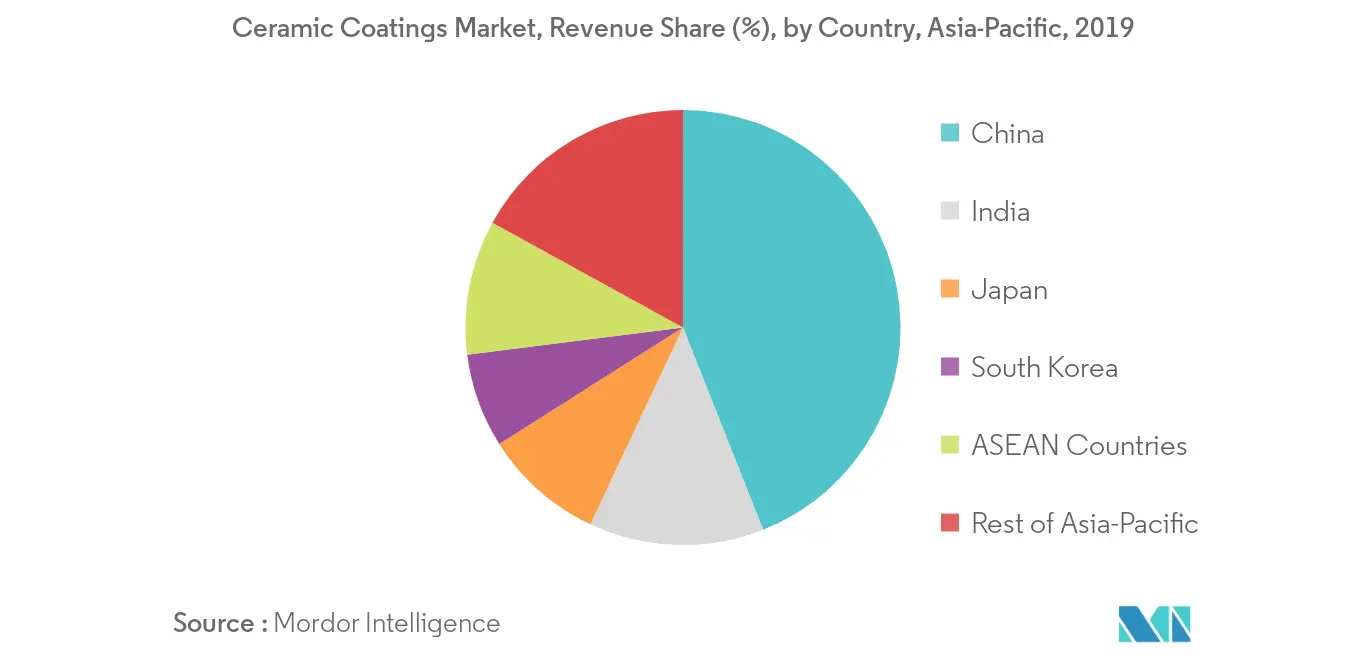
Competitive Landscape
The Asia-Pacific ceramic coatings market is consolidated in nature. Key players in the market include APS Materials, Inc., Praxair S.T. Technology, Inc. (Linde Plc), Saint-Gobain, and Bodycote, among others.
Asia-Pacific Ceramic Coatings Industry Leaders
-
APS Materials, Inc.
-
Praxair S.T. Technology, Inc. (Linde Plc)
-
Saint-Gobain
-
Bodycote
- *Disclaimer: Major Players sorted in no particular order
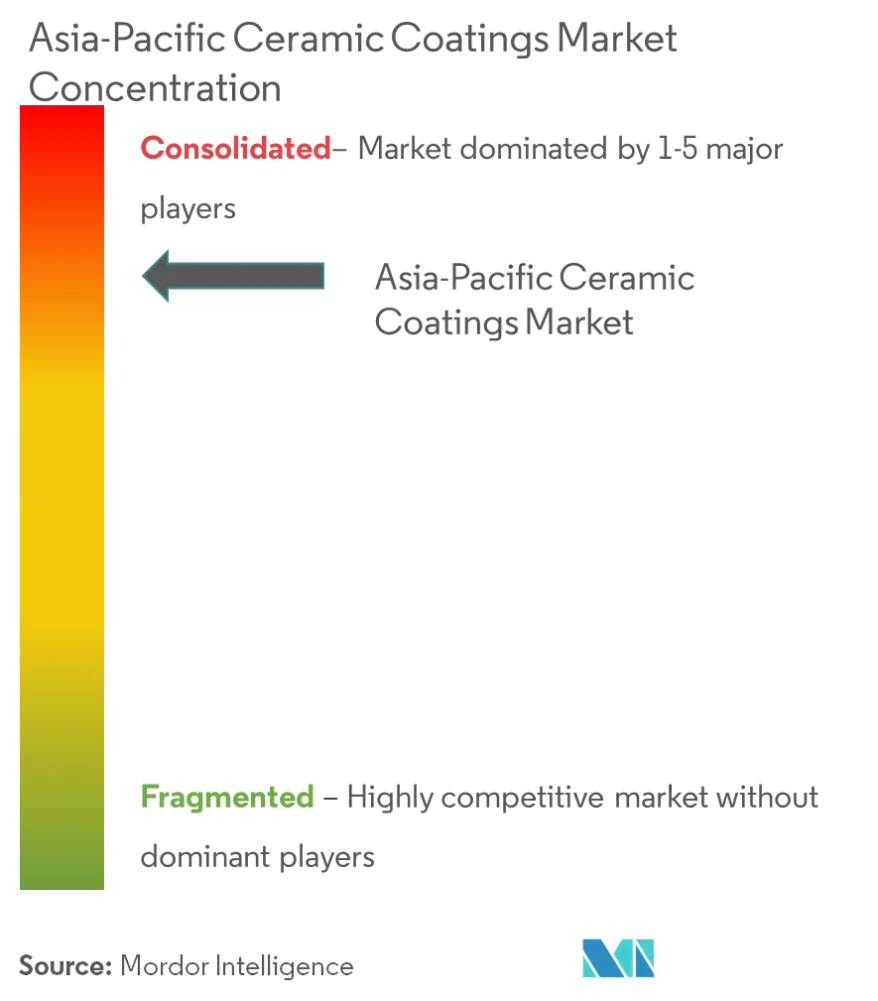
Asia-Pacific Ceramic Coatings Market Report Scope
The Asia-Pacific ceramic coatings market report includes:
| Carbide |
| Nitride |
| Oxide |
| Other Types |
| Thermal Spray |
| Physical Vapor Deposition |
| Chemical Vapor Deposition |
| Atmospheric Outer Spray |
| Other Technologies |
| Aerospace and Defense |
| Transportation |
| Healthcare |
| Energy and Power |
| Industrial |
| Other End-user Industries |
| China |
| India |
| Japan |
| South Korea |
| ASEAN Countries |
| Rest of Asia-Pacific |
| Type | Carbide |
| Nitride | |
| Oxide | |
| Other Types | |
| Technology | Thermal Spray |
| Physical Vapor Deposition | |
| Chemical Vapor Deposition | |
| Atmospheric Outer Spray | |
| Other Technologies | |
| End-user Industry | Aerospace and Defense |
| Transportation | |
| Healthcare | |
| Energy and Power | |
| Industrial | |
| Other End-user Industries | |
| Geography | China |
| India | |
| Japan | |
| South Korea | |
| ASEAN Countries | |
| Rest of Asia-Pacific |
Key Questions Answered in the Report
What is the current Asia-Pacific Ceramic Coatings Market size?
The Asia-Pacific Ceramic Coatings Market is projected to register a CAGR of greater than 7% during the forecast period (2025-2030)
Who are the key players in Asia-Pacific Ceramic Coatings Market?
APS Materials, Inc., Praxair S.T. Technology, Inc. (Linde Plc), Saint-Gobain and Bodycote are the major companies operating in the Asia-Pacific Ceramic Coatings Market.
What years does this Asia-Pacific Ceramic Coatings Market cover?
The report covers the Asia-Pacific Ceramic Coatings Market historical market size for years: 2019, 2020, 2021, 2022, 2023 and 2024. The report also forecasts the Asia-Pacific Ceramic Coatings Market size for years: 2025, 2026, 2027, 2028, 2029 and 2030.
Page last updated on:
Asia-Pacific Ceramic Coatings Market Report
Statistics for the 2025 Asia-Pacific Ceramic Coatings market share, size and revenue growth rate, created by Mordor Intelligence™ Industry Reports. Asia-Pacific Ceramic Coatings analysis includes a market forecast outlook for 2025 to 2030 and historical overview. Get a sample of this industry analysis as a free report PDF download.
